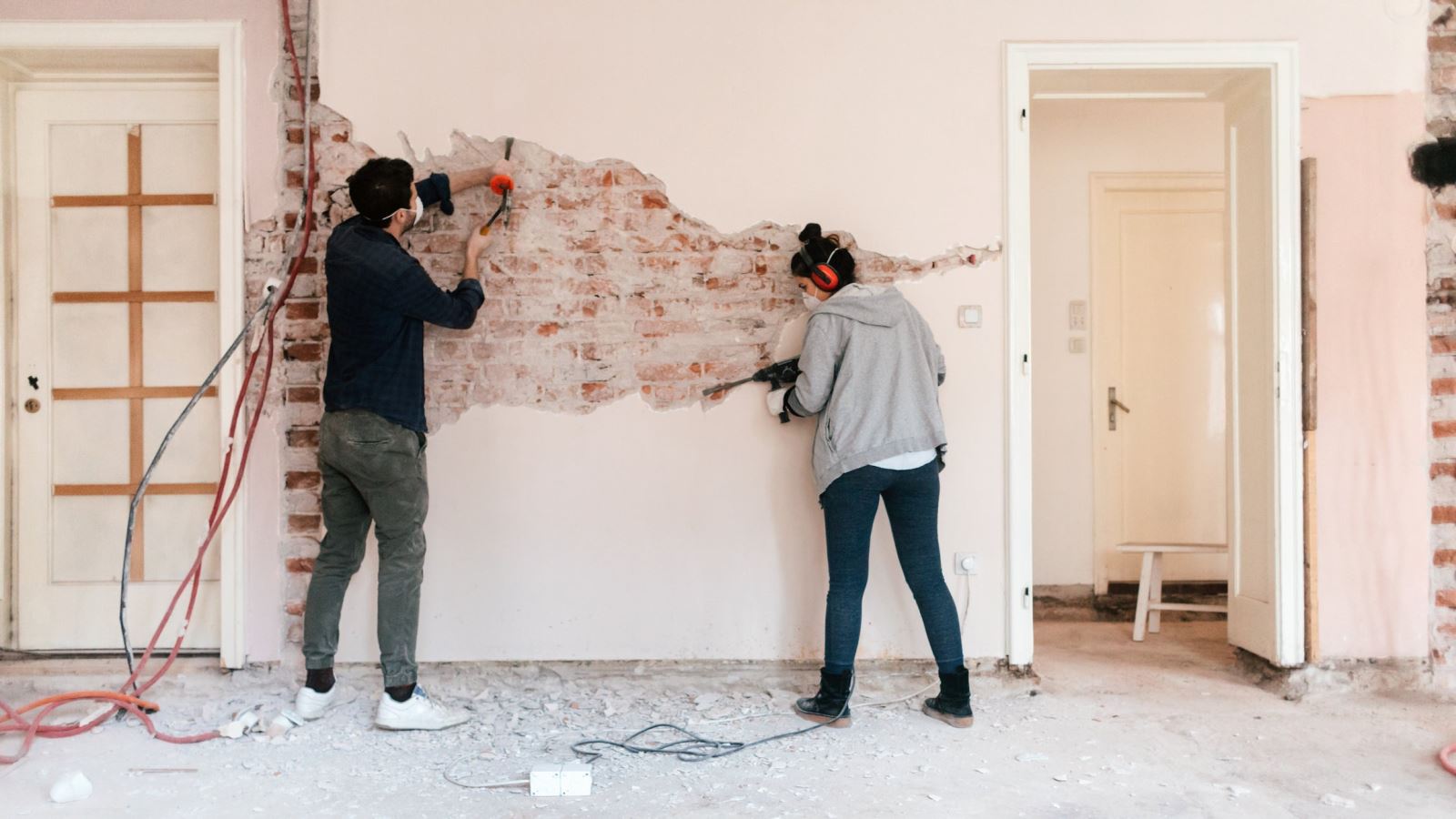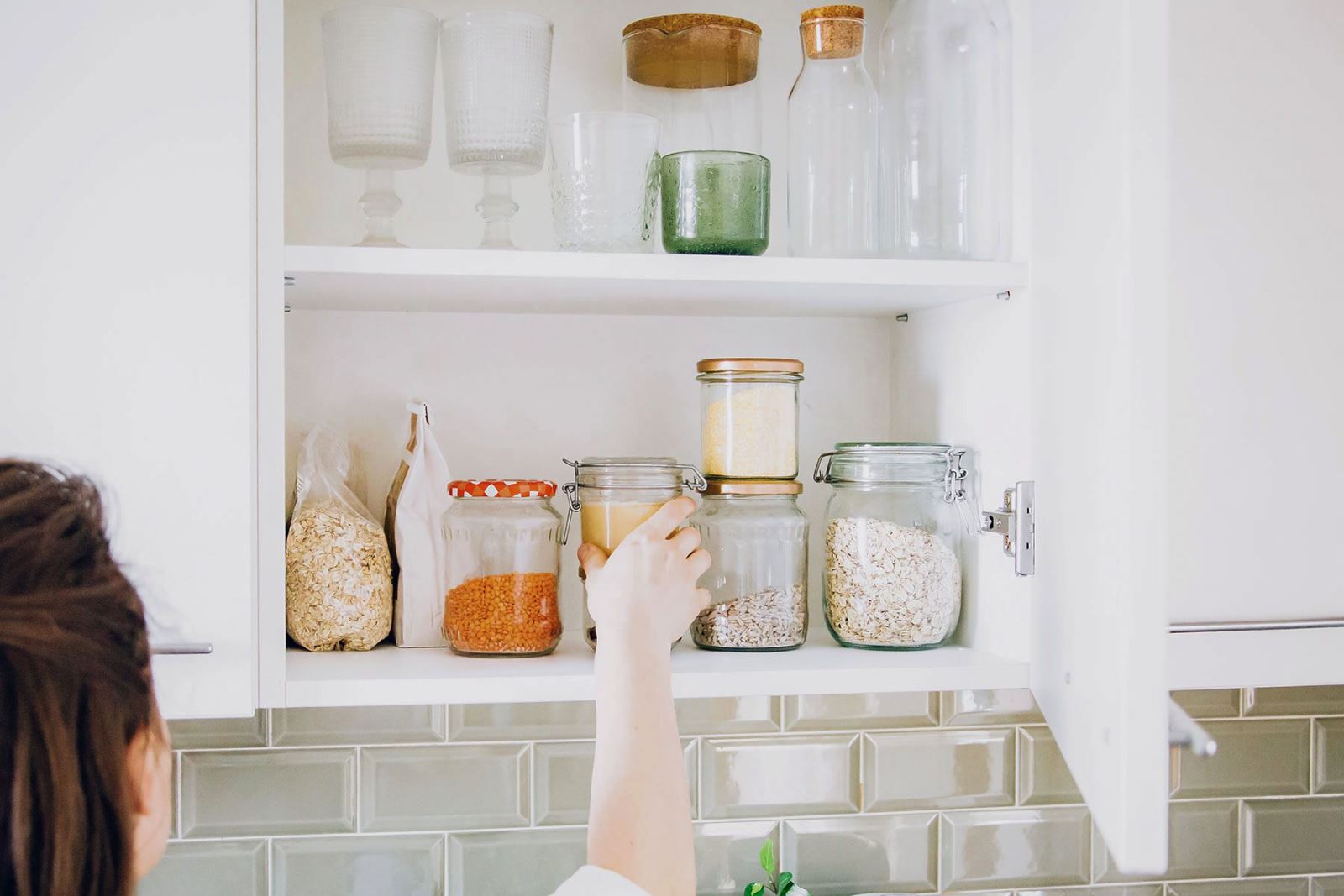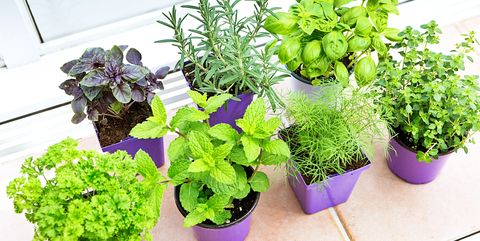Tips for New Construction Buyers

If you are searching for a turnkey home with the latest smart technology, energy efficiency, and modern floor plan and materials, you will want to investigate new construction. Of course, buying a brand-new house has some differences than the purchase of an older home. New construction has all the things on your wish list, but there are a few things new house hunters need to be aware of.
-
- You will need a buyer agent to represent you. The builder’s agent will be looking out for their client--not you.
-
- Go through the pre-approval process but shop around for the loan that fits your needs. If the builder’s lender has incentives and discounts, take advantage of them if it will benefit you in the end.
Ask the builder:
-
- How many lots and homes have been sold, how large each lot is, and how much space is between houses?
-
- What is the length of the home’s warranty, and what does it cover?
-
- How much input does the buyer have in choosing paint colors and materials for flooring, kitchen, and bathrooms? What is the policy if the builder runs short on chosen materials?
-
- Is smart technology wiring included in the basic home package, and is wiring to all bedrooms an extra expense?
-
- What appliances are included in the basic price?
-
- Keep in mind that the model home you are shown has all the bells and whistles! Never assume you are getting everything in your home that the model shows. Ask about these features and write everything down as you get answers.
-
- Talk to residents who are already living in the community, and ask them about any concerns they have, and what they love about their new home.
-
- Do not skip the home inspection just because it is new construction. Be sure your purchase contract allows you to hire an inspector outside the building company.
-
- If the model home is one of the last homes left in the neighborhood, ask about buying it!
-
- You may not get every finish just as you would like, but you can paint a room or change the flooring!
Be aware that the builder makes their main profit on upgrades and will do their best to convince you that you need that “free” entertainment package or other “gifts” they may offer. If you are a DIY-buyer, leave the custom closets and finished storage areas for later. Saving money on the purchase price of your new home is your most important goal, but you must do some “home” work first!
Courtesy of New Castle County DE Realtors Tucker Robbins and Carol Arnott Robbins.
Photo credit: realtor.com














